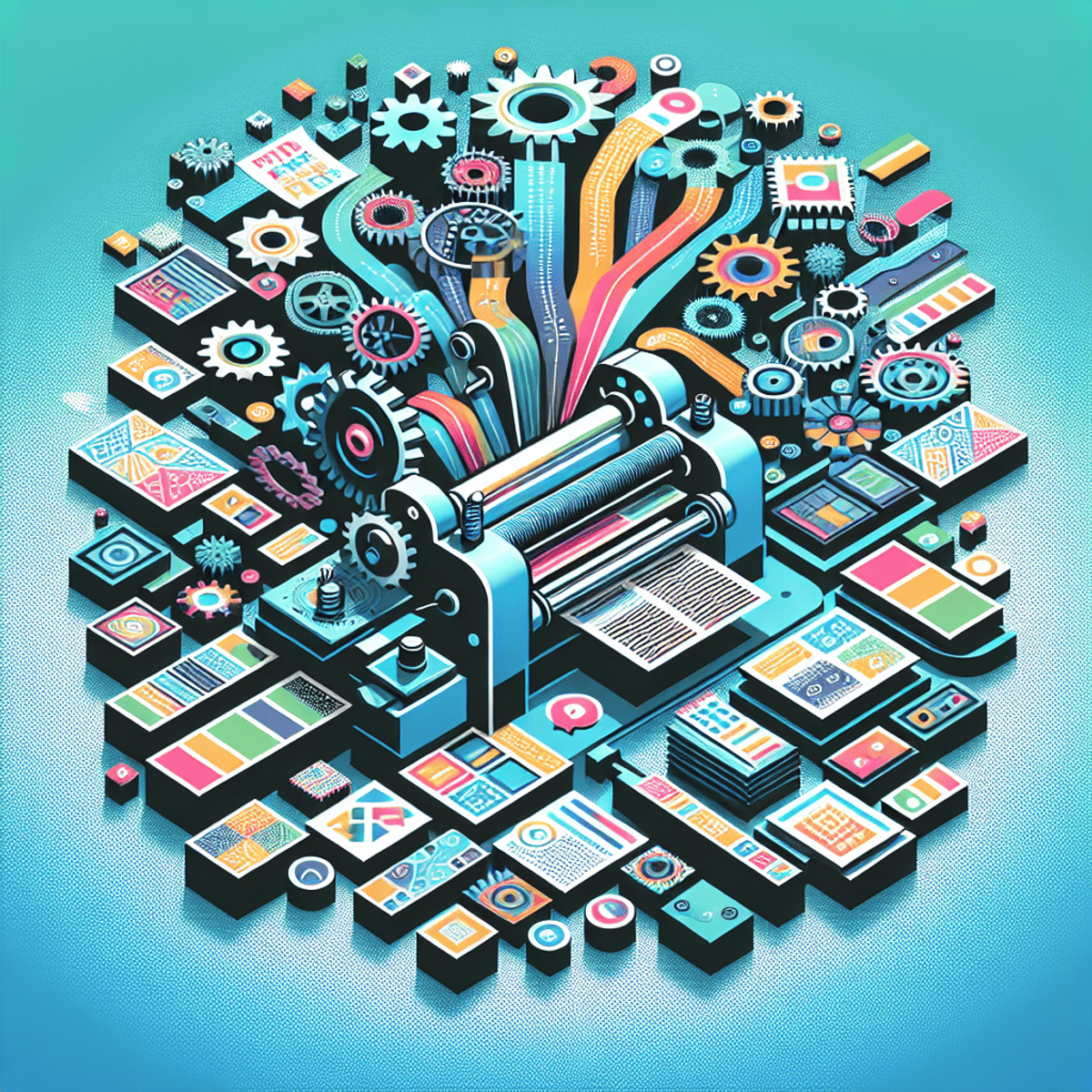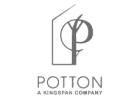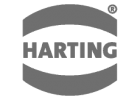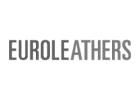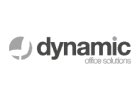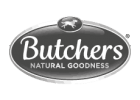PUR vs Perfect Binding
I thought we’d quickly go over the difference in glue binding – you’ll hear a couple of options banded around in the binding world. PUR and Perfect Binding. The only real difference between these methods is the glue used. Well here’s a quick overview of what each adhesive is best for and what benefits it gives your final product.
The first difference is in the title Perfect Binding uses Ethylene Vinyl Acetate (EVA) adhesives and PUR uses Polyurethane Reactive (PUR) adhesives.
PUR (polyurethane reactive) glue is the most durable binding glue available, offering design flexibility for any number of applications, including brochures, catalogues, instruction manuals and art books.
PUR allows the successful binding of materials that would not have previously been attempted using conventional EVA (Ethylene Vinyl Acetate) hot melts & due to PUR using smaller amounts of adhesive over Perfect Binding it also means that you can achieve a square spine on even the thinnest of books.
A common concern with perfect bound books is their stability in extremely hot or cold temperatures. PUR adhesive is impervious to temperature extremes. That means PUR-bound books can be used anywhere – from the hottest summer heat to the harshest of winter conditions – without unwanted re-melting or cold cracking.
The strength of a PUR-bound book is greater than 2.5 times that of a standard perfect-bound book using EVA adhesive. Books bound with PUR adhesive simply will not fall apart, even under heavy usage in the most demanding conditions.
The composition of PUR adhesive enables it to form a strong bond with the paper even in the presence of inks, coatings and varnishes. This is in contrast to EVA perfect binding, where these items must be removed from the spine area prior to binding. Another major advantage of PUR adhesive is its flexibility once cured.
EVA hot melt glues still have their place in book-binding, especially when it comes to binding thread-sewn books, as the thicker glue allows for greater penetration into the spine area of the folded sections.
I hope that helps you understand the differences in why we use both methods in our production processes – if you have an item you’re not sure is being produced using the best method, or feel that your item could do with using a new method, get in touch with us now on +44(0)1933 698 123 or email us on [email protected].




